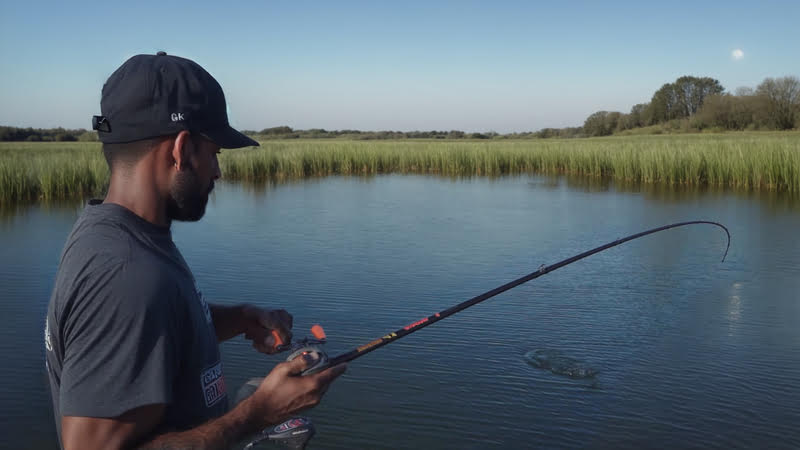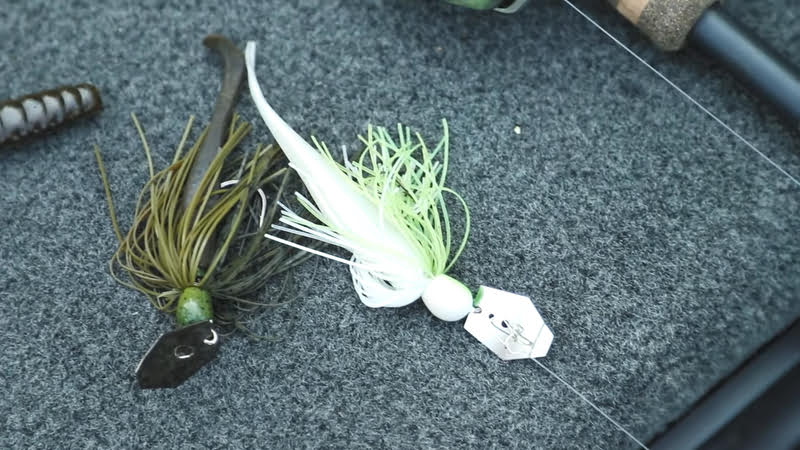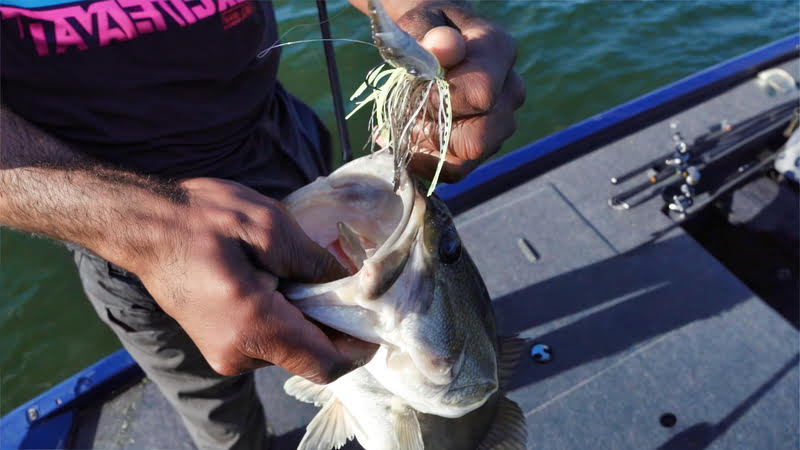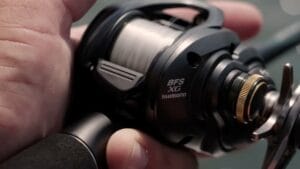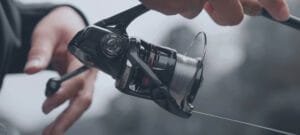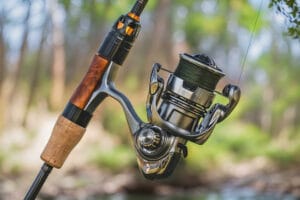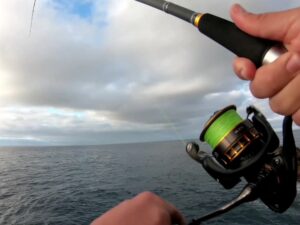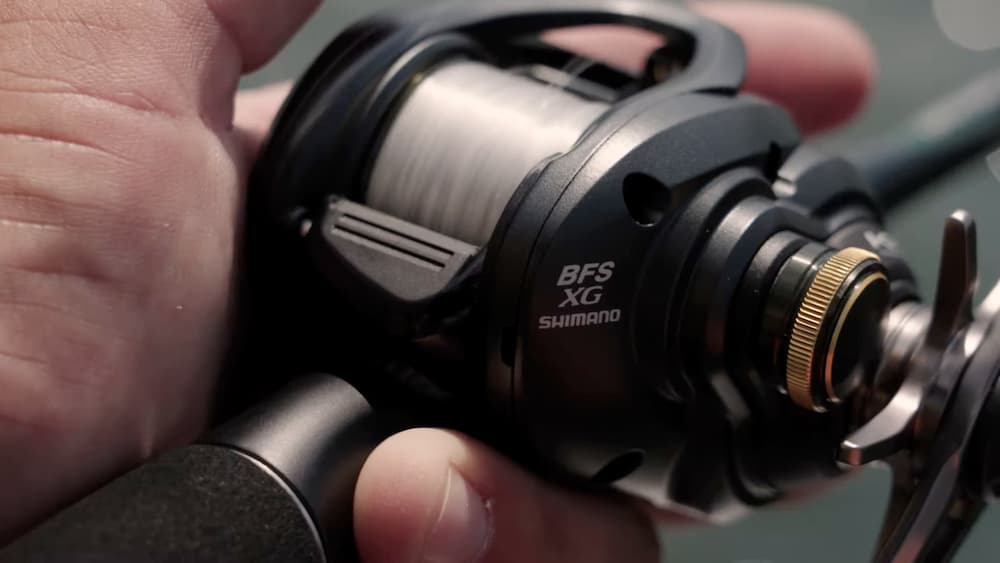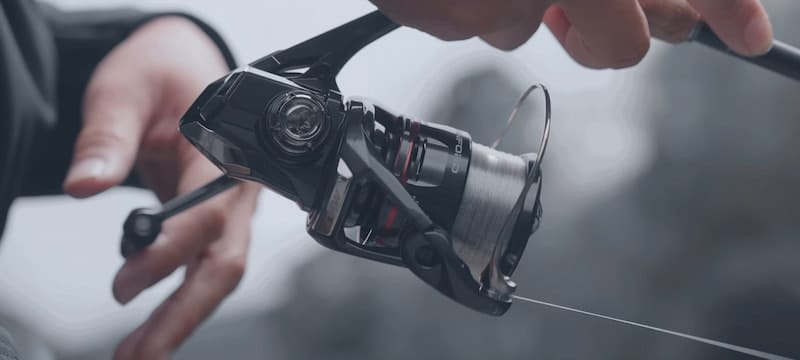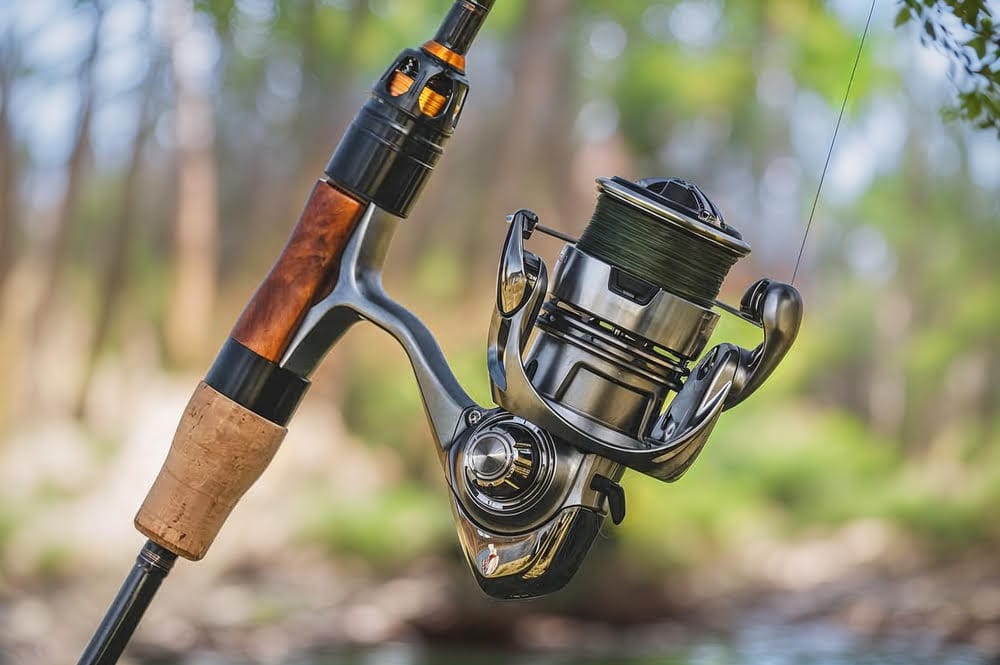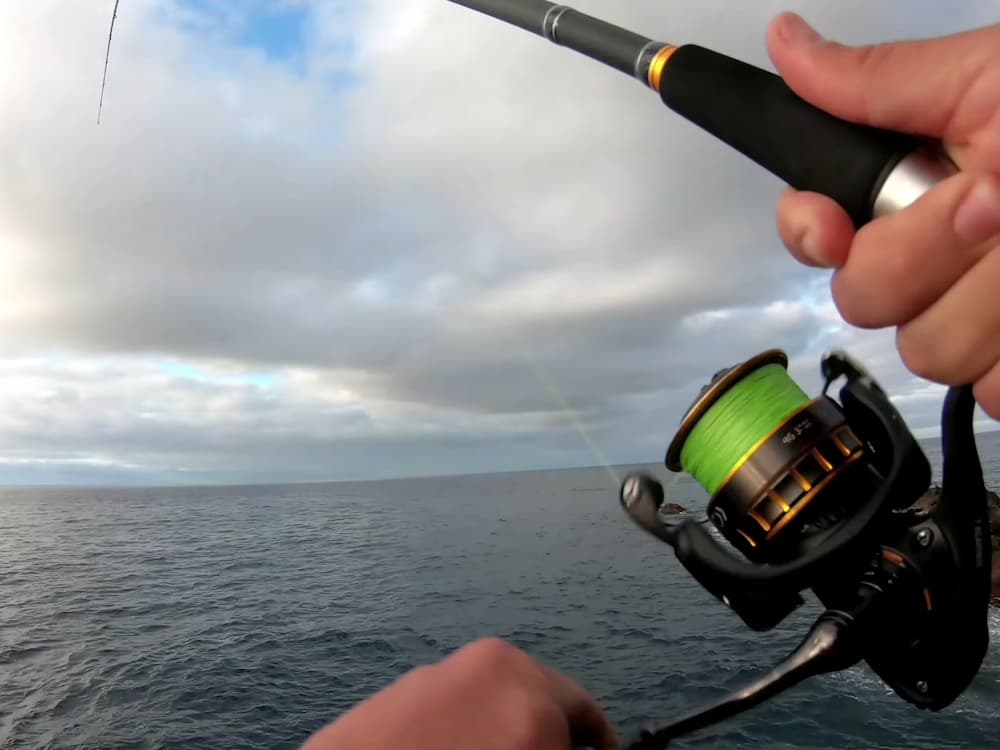Launching into the more technical aspects of using chatterbaits, it’s crucial to be well-versed with various chatterbait techniques, how and when to employ them.
Mastering such tactics can greatly enhance your chances of hooking a bass regardless of your fishing location or water conditions.
Let’s explore some key methodologies that could be ingrained in your chatterbait strategy.
Using Chatterbait Around Grass and Structure
Emphasizing the importance of fishing around hard structures should never be underplayed when dealing with chatterbaits.
Whether it’s docks, stumps, laydowns, or rocks—the more you manage to bump and deflect your lure off these, the better.
The unpredictable action caused by structure interference often triggers a reaction strike from dubious bass in proximity.
Fishing chatterbaits through heavy grass also presents a unique opportunity for emulating escape movements of baitfish.
Chatterbaits tend to embed momentarily within clumps of grass but can be freed swiftly with short, robust rips.
These sudden freeing actions often produce a burst of speed capable of triggering immediate bass strikes.
As you reel in your lure, let it embed within grass beds before purposely yanking it free, enabling it to break out in an erratic motion; akin to an escaping prey busting out of a tight spot.
Open Water Chatterbait Fishing
While structured areas provide their unique advantages, open water spaces shouldn’t be disregarded either when working with chatterbaits.
Open water sections challenge your ability to manipulate your lure’s speed and motion to maximize strikes.
Creating random movements and variable speeds within your reeling action successfully induces chatterbaits to dart and flare erratically, thus cleverly mimicking an injured baitfish.
Perfecting Your Chatterbait Retrieve
The finesse applied while retrieving your lure plays a significant role in making your presentation more appealing or realistic to the observing bass.
Practice incorporating pauses or quick extra reel turns during your retrieval process when dealing with open water conditions.
This sudden variance in speed and movement not only attracts attention but invokes curiosity among surrounding bass, provoking them to investigate the unknown object.
Through variable retrieval speeds and timely pauses—you turn an otherwise simple lure into what appears as vulnerable prey making a futile attempt at escaping its inevitable fate—an irresistible setup for any watching predator.
By combining these techniques—deliberate deflection off hard structures, intentional pauses for added suspense, and timely resolve from grassy snare—you’ll find yourself steadily transforming into a skilled chatterbait angler equipped with a lethal arsenal ready for your next bass adventure.

